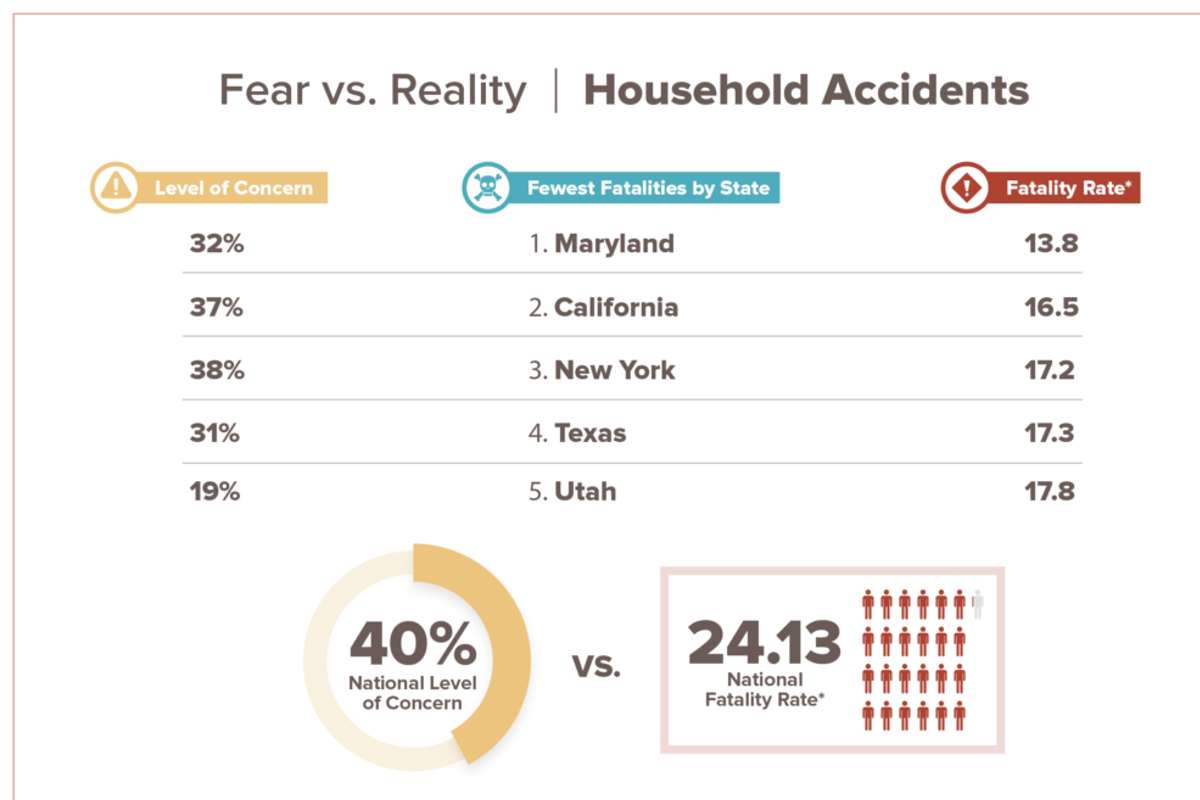3 Common Household Injuries And How To Deal With Them

Unless you are an assassin or a stuntman, the place where you are most likely to get injured while going about your daily routine, is in the home. You may find it hard to believe that your comfy sofa or your modern kitchen could hold such perils but statistics don’t lie. So what are the injuries that you are most likely to get and what can you do to make sure your home doesn’t become your tomb? (Bit dramatic maybe?)
Sprained Wrist
Even if you’re not a clumsy toddler, trips and falls are common in the home due to loose carpeting or cluttered flooring. As a result, many people fall forward and land on their hands or wrists. Sometimes they can be bruised and sometimes they can be broken but often a sprain will result. This is when the ligaments stretch beyond capacity.
Treatment: To treat a sprain you need to rest it for at least 24-48 hours, apply ice to the affected area using ice packs or frozen veg bags, compress the area with a good bandage and keep the wrist elevated above the heart as much as possible.
Cuts
You know just how easy it can be to cut yourself. You can get a pretty nasty one from a piece of paper for goodness sake. In the home, it is cooking that is the most common cause of cuts as people try to chop up their vegetables.
Treatment: For a smallish size cut you should wash the cut out with water, apply firm pressure on the area with a sterile gauze or clean tea towel, raise the finger above the level of your heart and when it has stopped bleeding, apply some antiseptic cream and a sterile plaster. If it won’t stop bleeding and it is particularly deep, you may need to go to the hospital to get a stitch.
Swallowing Household Chemicals
Children are the most likely candidates to experience home poisoning. This is often because they don’t understand what the dangers are and have been attracted by the colorful bottles. They may be having difficulty breathing, have collapsed, had a seizure, or be unconscious.
Also Read: 6 Simple Ways to Gain More Energy
Treatment: You should immediately call the emergency services and follow their advice. Do not give them anything as it may make things worse unless the operator tells you to do so. If your wrist still hurts or if your cut won’t stop bleeding then call a doctor. There is no point in acting tough if your injury could be worse than you initially thought it was and could cause you more long-term pain if it isn’t treated by a professional. Be safe in your home!